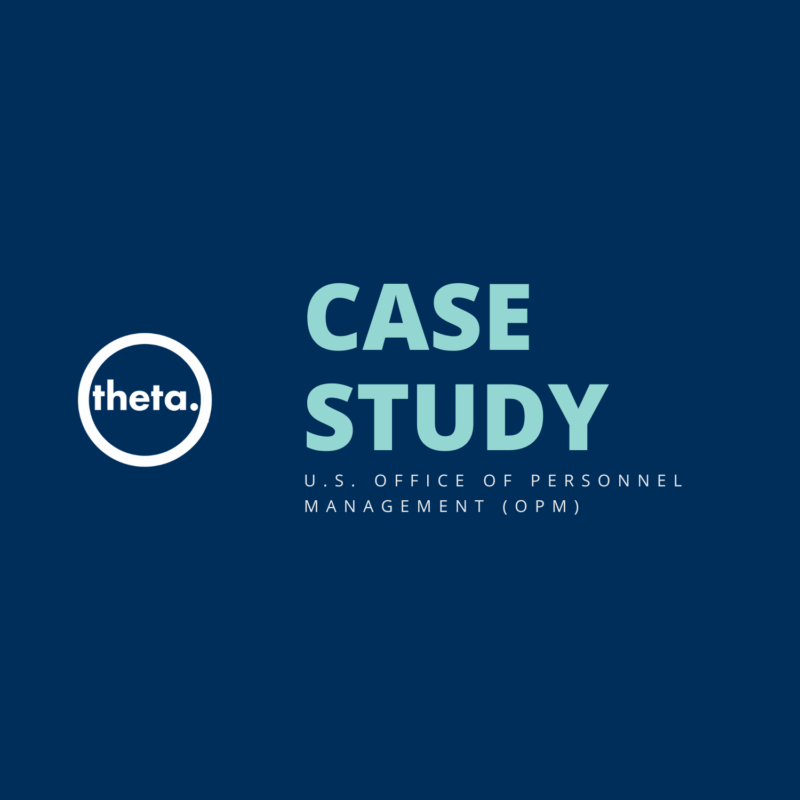
theta. – an SBA-Certified HUBZone digital integration & management firm based in Baltimore, MD, working to create a world where tech works for everybody as a subcontractor supported the U.S. Office of Personnel Management’s (OPM) Healthcare and Insurance (HI) program office by playing a pivotal role in supporting HI critical applications by offering a combination of software development, web development, and application support services. We collaborated closely with the Integrated Project Team (IPT), composed of federal analysts and program specialists united by a shared mission to support the HI program
The unique nature of this project required us to engage in both operation and maintenance (O&M) tasks and new feature development. This combination necessitated a versatile approach that could accommodate routine maintenance, bug-fixing, and developing new, sophisticated features to enhance the application suite’s capabilities.
Operation & Maintenance: We undertook the challenge of maintaining the suite of applications, ensuring smooth and uninterrupted services. This included patching bugs, updating systems, optimizing existing features, and ensuring overall system stability. This commitment to keeping the applications functional and user-friendly supported the HI Program’s ongoing operations.
New Feature Development: In parallel with our maintenance efforts, we adopted agile development methodologies for creating and integrating new features. Maintaining a continuously groomed and prioritized backlog of work items ensured a sustainable pace of feature rollout that did not interfere with O&M responsibilities.
We contributed our software development expertise to a suite of twelve applications. However, our primary efforts were focused on three main applications, each serving a critical function in the HI Program:
FEHB Disputed Claims: This application provides a platform for enrollees to request an independent external review for disputed claims. Our contribution to this system included enhancing the Correspondence Module, which tracks non-disputed claim-related correspondence and its outcomes.
HI Benefits Plus Portal Suite: A comprehensive data repository related to Federal Employees’ Health Benefits (FEHB) and Federal Employees Dental and Vision Insurance Program (FEDVIP) benefits. Our work here was directed toward supporting related applications and functions that utilize data from the Benefits Plus portal.
Brochure Creation Tool: This tool standardizes the brochure information posted on OPM’s website. We helped improve and maintain the tool’s functionality to produce HTML and PDF versions of each plan’s brochure, ensuring 508 compliance and user accessibility.
To manage the dual requirements of maintenance and new development, we leveraged a broad range of cutting-edge technologies and tools:
In April 2023, after providing continued support and innovative solutions, we transitioned the project to a new team. This handover process involved comprehensive documentation, training, and transitional support to ensure uninterrupted services during the transition phase.
Our role in supporting OPM’s HI Program highlights our ability to adapt to the distinct needs of a complex project, providing both O&M and agile development in a mission-critical environment. Our work here profoundly impacted OPM’s end-users, emphasizing the need for dedicated maintenance alongside continuous innovation to meet evolving user needs and regulatory requirements.